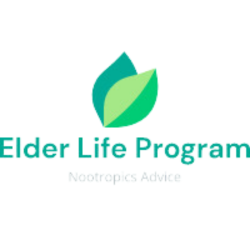Simon P. Harrison and his team have developed a range of instruments to assist with the diagnosis and identification of delirium. These instruments are available for free download from the website https://help.agscocare.org/ after a simple registration process that takes less than 2 minutes.
The Confusion Assessment Method (Short CAM) is the most commonly used method for detecting delirium in both clinical and research settings. It consists of the first four items of the 10-item CAM diagnostic algorithm and should be scored based on cognitive screening tests. The Short CAM is available in multiple languages, including Arabic, Dutch, French, German, Italian, Polish, Portuguese, Spanish, Thai, and Turkish.
The Confusion Assessment Method (Long CAM) is the gold standard for identifying delirium in research contexts. This 10-item tool is suitable for both clinical and research applications, and it is considered the gold standard for delirium diagnosis, severity assessment, and behavioral subtype identification.
The CAM-S is an instrument that measures the severity of delirium based on the results of either the Short or Long CAM assessments. It is useful for assessing delirium severity in clinical or research situations.
The Family Assessment of Delirium (FAM-CAM) is designed to be used with family caregivers to improve delirium recognition. It is useful for family assessments in clinical or research settings.
The 3D-CAM is a quick diagnostic assessment of delirium that takes only three minutes to administer. It is suitable for use in both clinical and research settings for rapid delirium assessment.
Finally, the Chart-based Delirium Identification Instrument (CHART-DEL) is a validated method for reviewing medical records to detect the presence of delirium.
